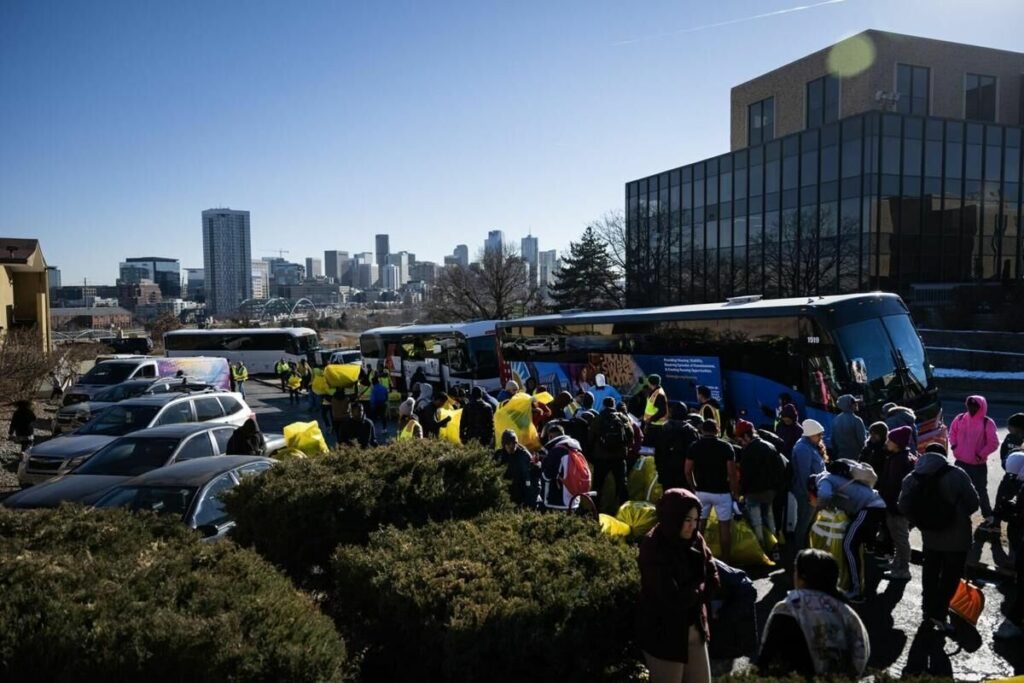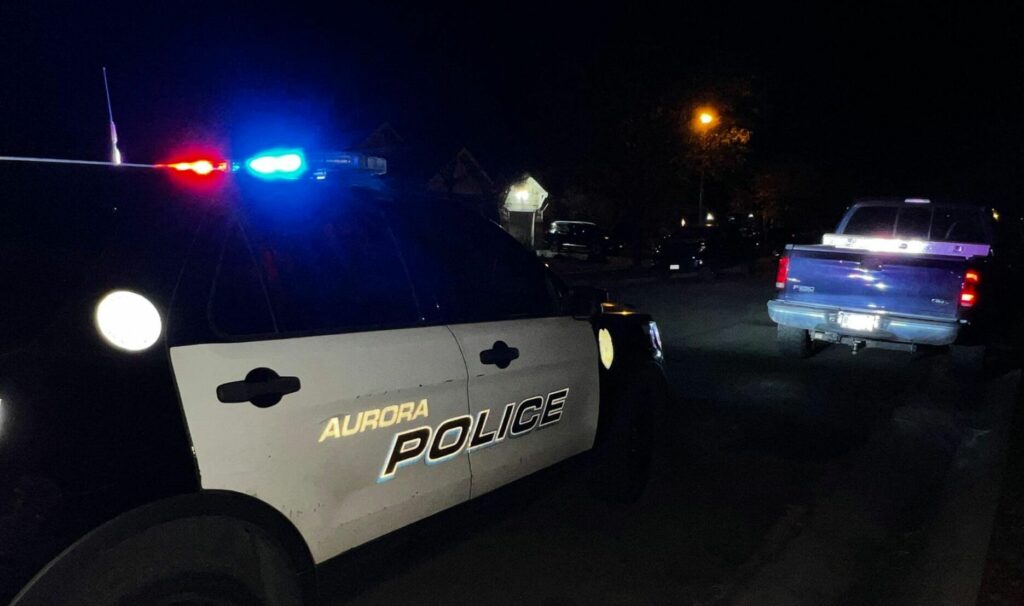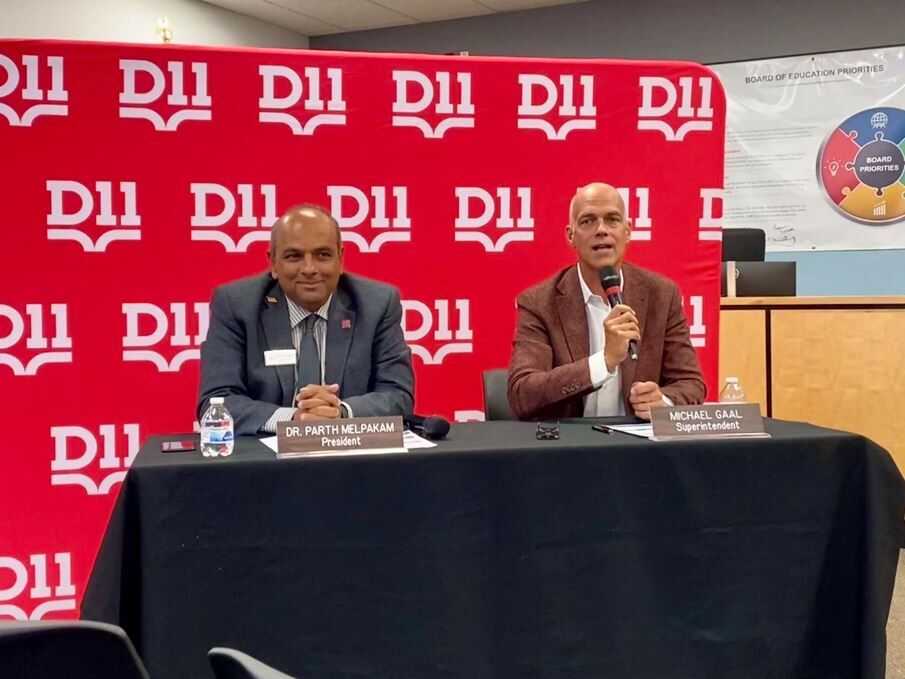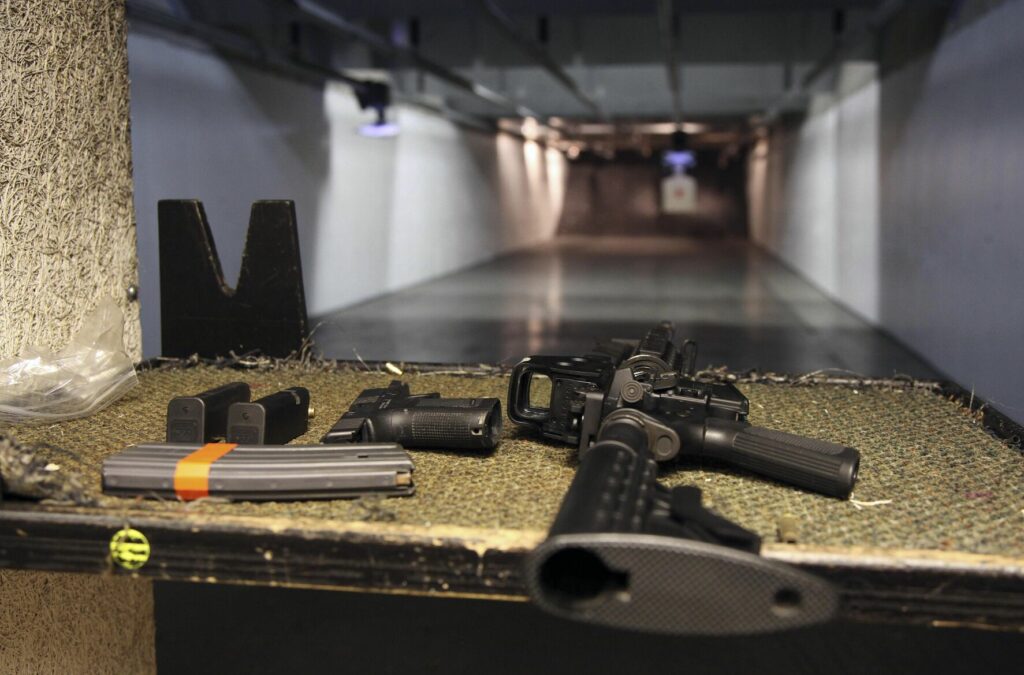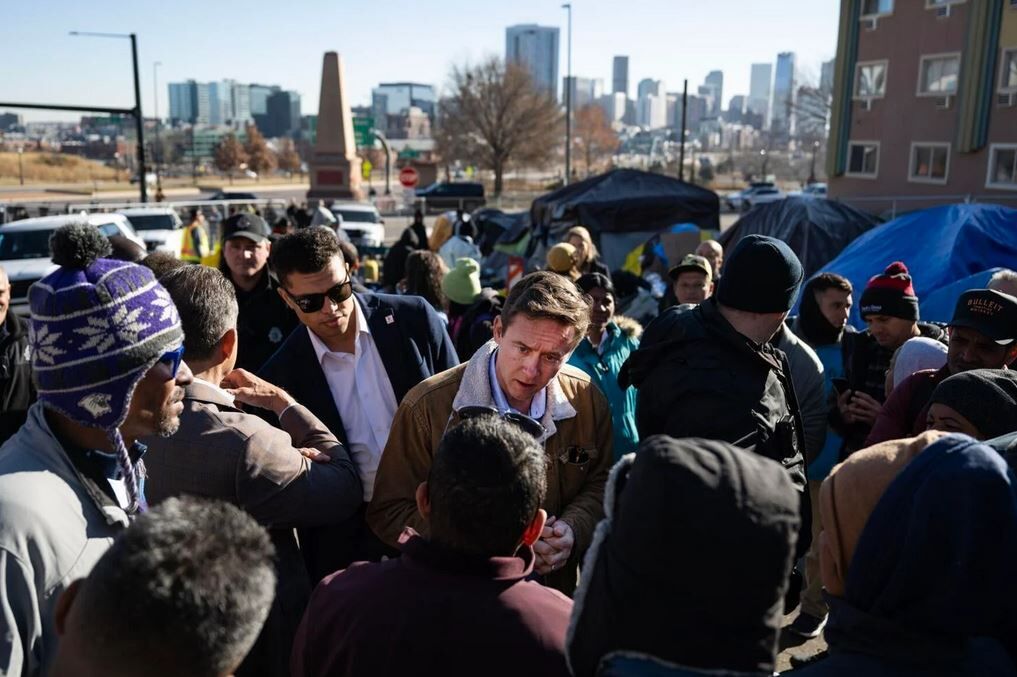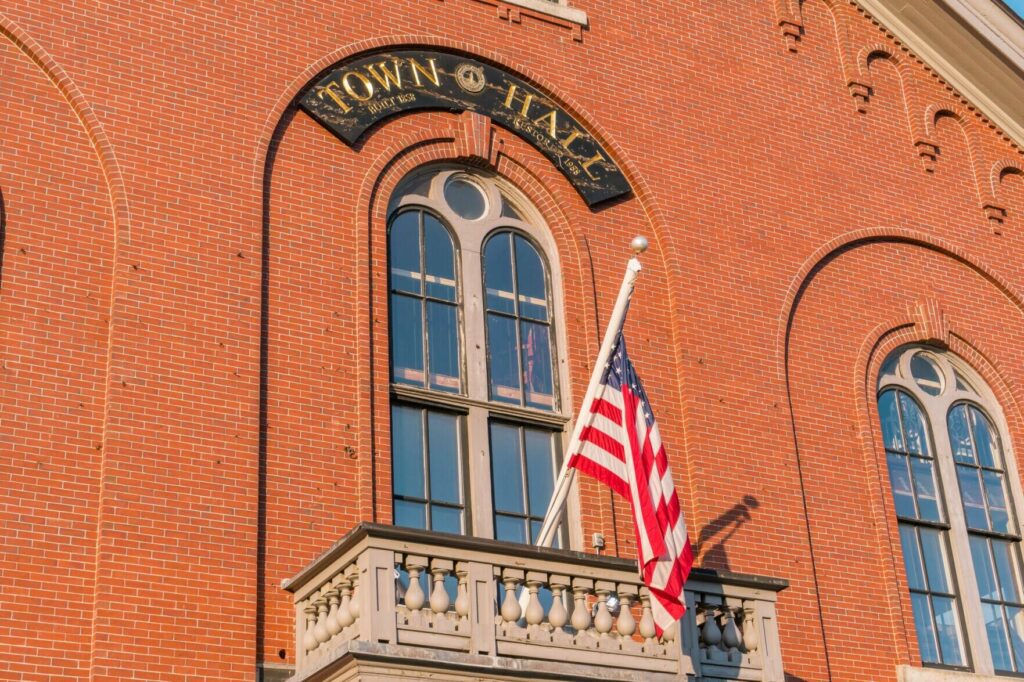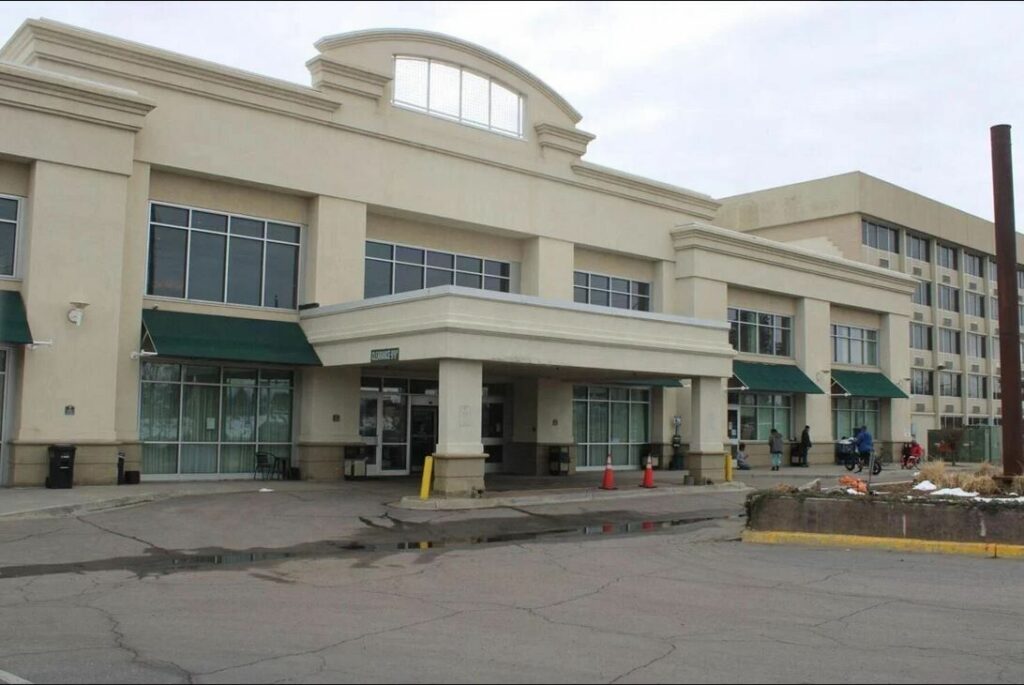Grand Junction Daily Sentinel: No one is safe from wildfires
In the final days of 2021, Colorado suffered one last tragedy as a wildfire, driven by 100-plus mile-per-hour winds, destroyed nearly 1,000 homes in Superior and Louisville on the Front Range. There are still two people missing.
First and foremost we commend the state and local authorities for their response thus far to this tragedy. Although they couldn’t save those 1,000 homes, they moved to quickly contain the fire once weather conditions improved.
We thank God more lives haven’t been lost.
While there are many things that divide us these days, Coloradans can be counted on to come together as a community when we face a tragedy like the Marshall fire. We’d like to thank the Mesa County Sheriff’s Office for sending members of our own wildland fire team to the Front Range to help with the response.
If you are looking for a way to help from the Western Slope, there are a number of nonprofits, churches and businesses that are accepting donations. The Community Foundation of Boulder County’s Wildfire Fund is one place to give.
Outside the immediate shock and horror of this fire, which is now the costliest in Colorado history, is the realization that huge, damaging wildfires can not only hit any time of year now, but anywhere.
Over the past few years, as wildfires have grown in size, frequency and intensity, we have come to accept that the fire season would grow. In Colorado, California and across the west, that has been apparent for awhile. What makes this fire so scary is where it happened.
We’ve seen entire communities burn and dozens of people die in wildfires. The difference with the Marshall fire is, while it started as a brush fire, it turned into an urban inferno in a matter of minutes.
In the recent past we’ve mostly seen communities burn that were in the urban wildland inference, that area where forests and homes start to intermingle. In bad cases they would spread from those areas into more urban environments.
This fire made that leap into the urban environment shockingly fast.
A Costco burned. These are buildings made of concrete and steel, surrounded by a sea of asphalt, but that only does so much good when hurricane-force winds are slamming it with hot embers. Frankly, this could have been even worse had the fire started near some of the more dense Denver suburbs not far away.
There is going to be talk about climate change and how exceptionally dry the Front Range was leading up to this, and for good reason. We’ve increased the energy stored in the climate. We’re increasingly seeing more energetic disasters.
While national policy is needed, in the wake of this event, we need to prepare at the local and individual level.
People who live on the edges, near the woods, have long had to make preparations in case of fire. With this recent example it would behoove even homeowners in subdivisions relatively far from wildlands to take some precautions. At the very least, they should have a plan for what to do in the event a large-scale fire threatens their neighborhood.
Local efforts have started to manage our wildland/urban interface with fuels reduction programs. Those efforts need to continue and ramp up to meet this threat. Local, state and federal funding should prioritize this type of mitigation work.
In the end, it might not prevent a fire driven by a hurricane-force wind. What could? But it might be enough to save some homes and lives from a more manageable fire.
Grand Junction Daily Sentinel editorial board



